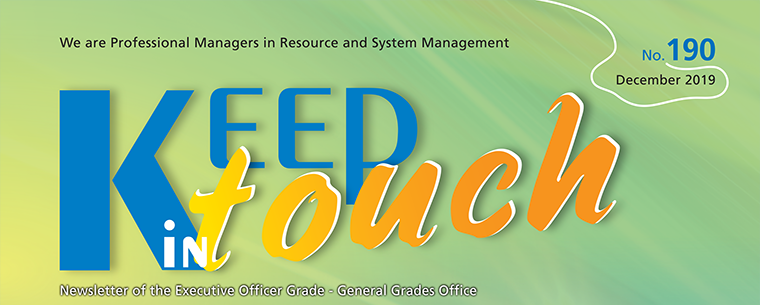Understanding Exposure
Today, almost everyone has at least one camera on a smartphone. These cameras are so intelligent that every shot, with the press of a button, can be picture-perfect.
Is photography simply the press of a button? No. Photography is also about exposure. An image is formed when a pattern of light falls on a light-sensitive material, such as film in the old days or a digital image sensor inside a mobile phone or digital camera today. Taking a photo is about controlling how much light and how such light falls on the film/sensor for desired creative purposes. Controlling exposure is the biggest part of taking photographs that smartphones handle for us intelligently but at the same time, shackle our creativity. Understanding how to control exposure is the first step towards serious photography.
Bryan Peterson’s Understanding Exposure (Amphoto Books, Berkeley) is probably the best introductory text for photographers. Peterson begins with the concept of ‘correct exposure’—simply put, an image with the right brightness and darkness. The measurement of exposure involves ‘metering’, which stands in the middle of Peterson’s ‘photographic triangle’ of shutter speed, aperture and ISO. Correct exposure is achieved by setting the shutter speed, aperture and ISO in a combination according to the correct metering. There is, however, more than just one combination of settings to get the correct exposure. According to Peterson, the correct exposure can actually be achieved by broadly six combinations of aperture and shutter speed, but only one combination can qualify as what he calls a ‘creatively correct exposure’. Peterson then elaborates how, even with the same correct exposure, different combinations of aperture and shutter speed can change the qualities of a picture. In brief, a large aperture, such as f/2, can blur the background of a subject and a small aperture, such as f/16, can make everything crystal clear in a shot. In addition, a high shutter speed, such as 1/500 second, can freeze action and a slow shutter speed, such as 0.5 seconds, can show movement, as commonly seen in photos of car racing, waterfalls, etc. Peterson’s ‘photographic triangle’ forms the basis on which everyone can set up a practical mechanism to know instantly where and how to set up a camera for a great action shot.
Understanding Exposure also covers various topics about light, such as directions of light, metering, lens filters and flashes. Those are other tools to control exposure. We cannot expect to become skilful photographers just by learning everything from a book. It is a skill that takes a lot of practice to pick up. Smartphones are convenient, but serious photography is even more interesting.
Julian Cheng |
GRIT— The Power of Passion and Perseverance
How easily are you distracted from previous ideas and projects by new ones? How much would setbacks discourage you? How often have you set a goal, but later chosen a different one? Or, simply, how hardworking are you? Answering questions like these will help you roughly know how ‘gritty’ you are, according to this best-selling book by Angela Duckworth, celebrated American psychologist. She puts forward the theory that ‘grit’ is the most important trait that leads to success, rather than being talented or gifted.
Grit, by definition, means the courage and determination that makes it possible for somebody to continue doing something difficult or unpleasant. Is this one of those clichés that most of us are told, that the more perseverant and passionate you are, the more likely you are to succeed? Well, yes and no. The author proves this idea through empirical studies based on real-life stories and experiments.
This book reminds me of the old Chinese saying, ‘有志者事竟成’, which roughly translates as, ‘Where there’s a will, there’s a way’. It seems our traditional wisdom appreciates the same trait as the grit theory does. To junior human resource managers like you and me, if you are interested in grit, this book is recommended.
Hayden Choi |

